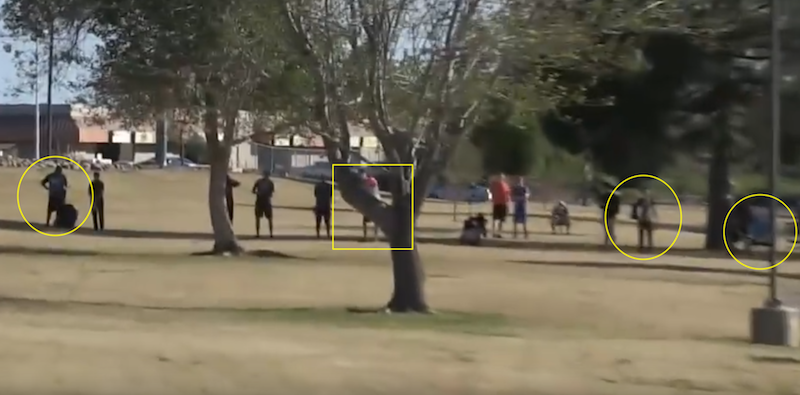teemkey
* Ace Member *
Among the PDGA's enforcement rules is 801.02.B, which reads:
In Hitchhiker's Guide, Ford Prefect describes a SEP as:
SEP as:
Can we agree that this occurs during sanctioned tournaments? And, if so, can the PDGA do something about it?
Rule 801.02.E is:
Would increasing the number of people authorized to make a call be a good idea? For example, including caddies, or even any certified official present at the site of the (potential) violation. Maybe only players or tournament officials can call, but enlarge the group that can second?
Should video evidence be permitted if available?
Or maybe things are fine as it ... just let the players play.
Players are expected to call a violation when one has clearly occurred. A call must be made promptly to be enforceable (except for misplays).
In Hitchhiker's Guide, Ford Prefect describes a
An SEP is something we can't see, or don't see, or our brain doesn't let us see, because we think that it's somebody else's problem. That's what SEP means. Somebody Else's Problem. The brain just edits it out, it's like a blind spot.
Can we agree that this occurs during sanctioned tournaments? And, if so, can the PDGA do something about it?
Rule 801.02.E is:
A call made by a player for a rules violation that results in one or more penalty throws can only be enforced if the call is confirmed by another player in the group or by a Tournament Official. A penalty throw is a throw added to a player's score for violating a rule, or for relocation of the lie as called for by a rule.
Would increasing the number of people authorized to make a call be a good idea? For example, including caddies, or even any certified official present at the site of the (potential) violation. Maybe only players or tournament officials can call, but enlarge the group that can second?
Should video evidence be permitted if available?
Or maybe things are fine as it ... just let the players play.
